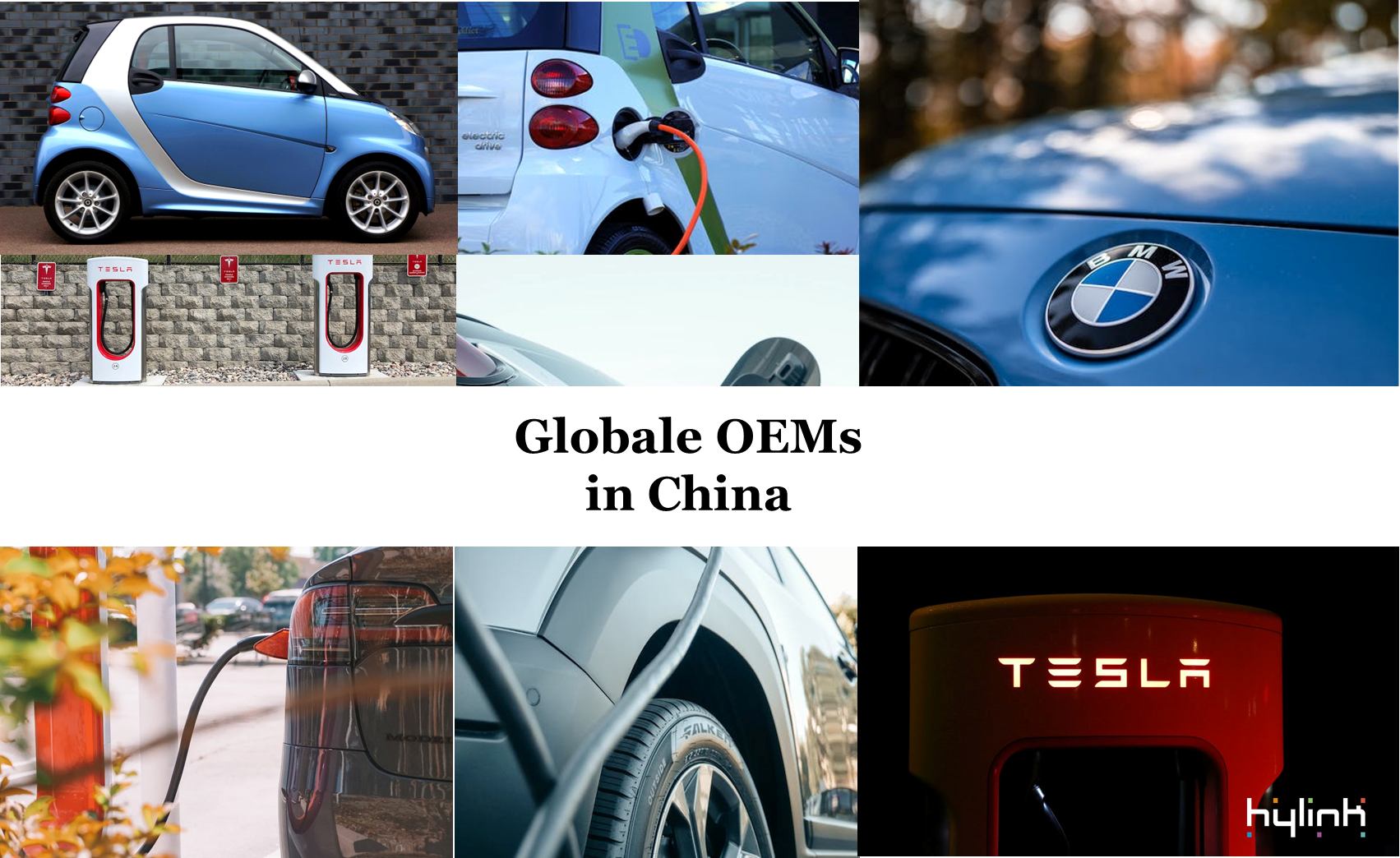
China’s battery-electric vehicles (BEV) market represents 50% of the global BEV market and has continued growing to be the most significant global BEV market for the foreseeable future.
Global original equipment manufacturers (OEMs) have excelled in high-qualified auto production. However, they might have faced obstacles entering the well-established local BEV ecosystem market. The Chinese OEMs understood the local consumer’s preferences and designed the vehicles accordingly. Besides, local OEMs have developed a superior customer experience through the human-machine solid interfaces (HMI) and connectivity which differentiate them from their competitors. Those advanced technologies are based on a solid foundation in software, electronics, and local ecosystems for applications and services.
To adapt to the local markets, global OEMs must increase the product value that caters to the local customers. That is to say, an adaptive localization solution is essential. Supporting the local battery ecosystem with the right pricing point is critical. Partial global OEMs have recently gained market share by taking models originally produced for China markets, and Toyota has launched three all-electric models specified for China market in April 2020. Also, by collaboration with the local vehicle- and system-level, global OEMs will continue to increase the efficiency of vehicle systems with qualified tech-based global design. The joint venture between Daimler’s Smart and Geely ensured the German automaker developed new EVs in China and came with a sales plan since 2022.
4 Takeaways for global OEMs to adapt to the China market:
1). Balancing the local and global perspectives to suit the local demand.
2). Collaborations with local OEMs to provide outstanding connected customer experiences.
3). Strengthening the high-tech positioning while leveraging the local manufacturing ecosystem.
4). Providing advanced electrical and electronic (E/E) capabilities and upgraded design.
Source: Winning the Chinese BEV market, McKinsey, May4th, 2021
Which came first? Media or Creative?
Google Mapped the intersection of "Strategy and Creative". Couldn't find it.
Spot Plans are like Quantum Dots. They're always in a state of flux